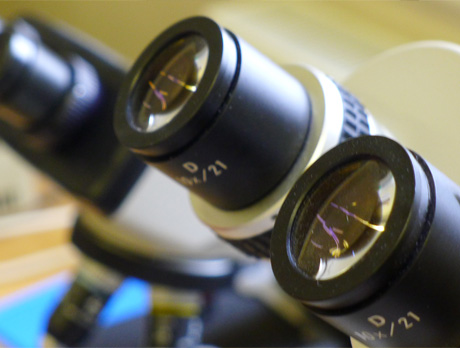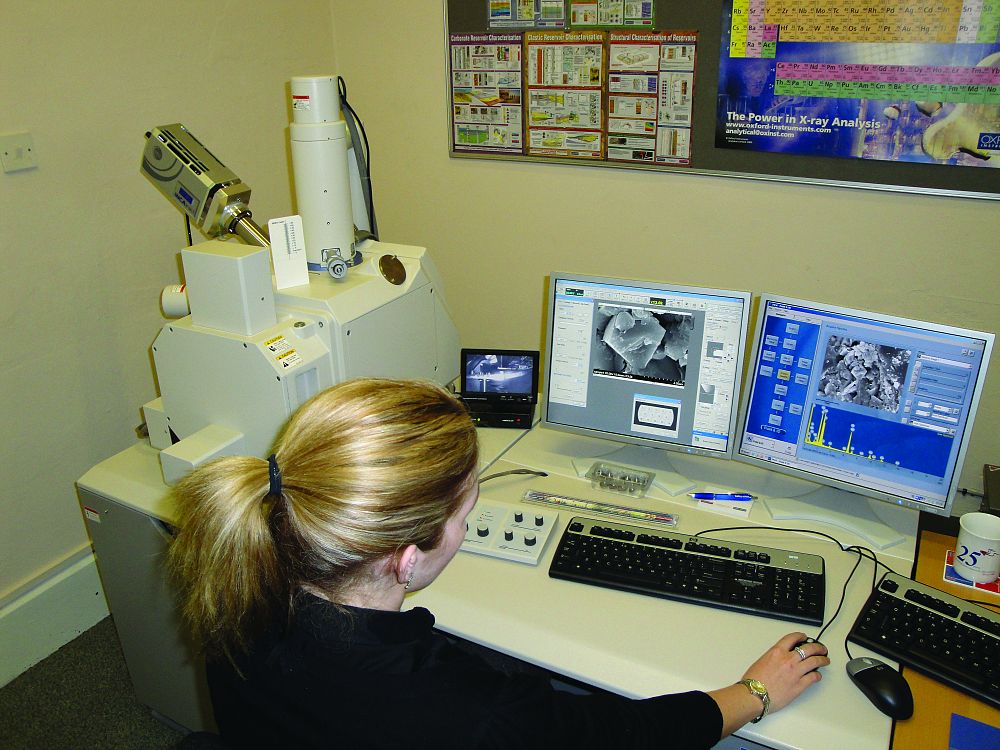Training doesn’t have to be on a dedicated course. Your staff can also work alongside our specialists in order to develop their expertise in a particular field.

Sometimes training requirements exceed the scope of a dedicated course, or there aren’t enough participants to make it worthwhile. In cases like these it is possible for trainees to work alongside Badley Ashton’s specialists for an extended period to really ensure effective knowledge transfer.
Essentially the trainees will perform the job as though they were Badley Ashton employees, but wherever they are uncertain we will supplement their training with regular seminars and demonstrations to reinforce their theoretical understanding. The main aim will be to provide a firm technical basis, instil good work practices and a give a clear-cut understanding of the relevant reservoir geology.
Our training approach will encourage the trainees to use their initiative (in certain cases letting them make mistakes if that is the appropriate training device) and develop an inquisitive scientific approach to their work, tempered by commercial expediency. This will be achieved by instruction in the technique followed by their practice of the technique. They will not be spoon-fed and our standards will be applied to the trainees but in a sympathetic manner. Emphasis will be placed on quality data collection, rigorous analytical and interpretation methodologies, and the need for an integrated approach. The trainees should also acquire knowledge of other skills and a feel for how the focus of their particular study works and fits in to the broader picture.

The trainees can receive hands-on training in a wide range of reservoir characterisation skills by working alongside Badley Ashton staff. The focus of this training can be as wide or narrow as you require, and will typically cover one or more of the following skills.
Ideally this sort of training would run alongside an existing project for your company, but where this is not possible we can provide non-sensitive, non-commercial data for training purposes.
